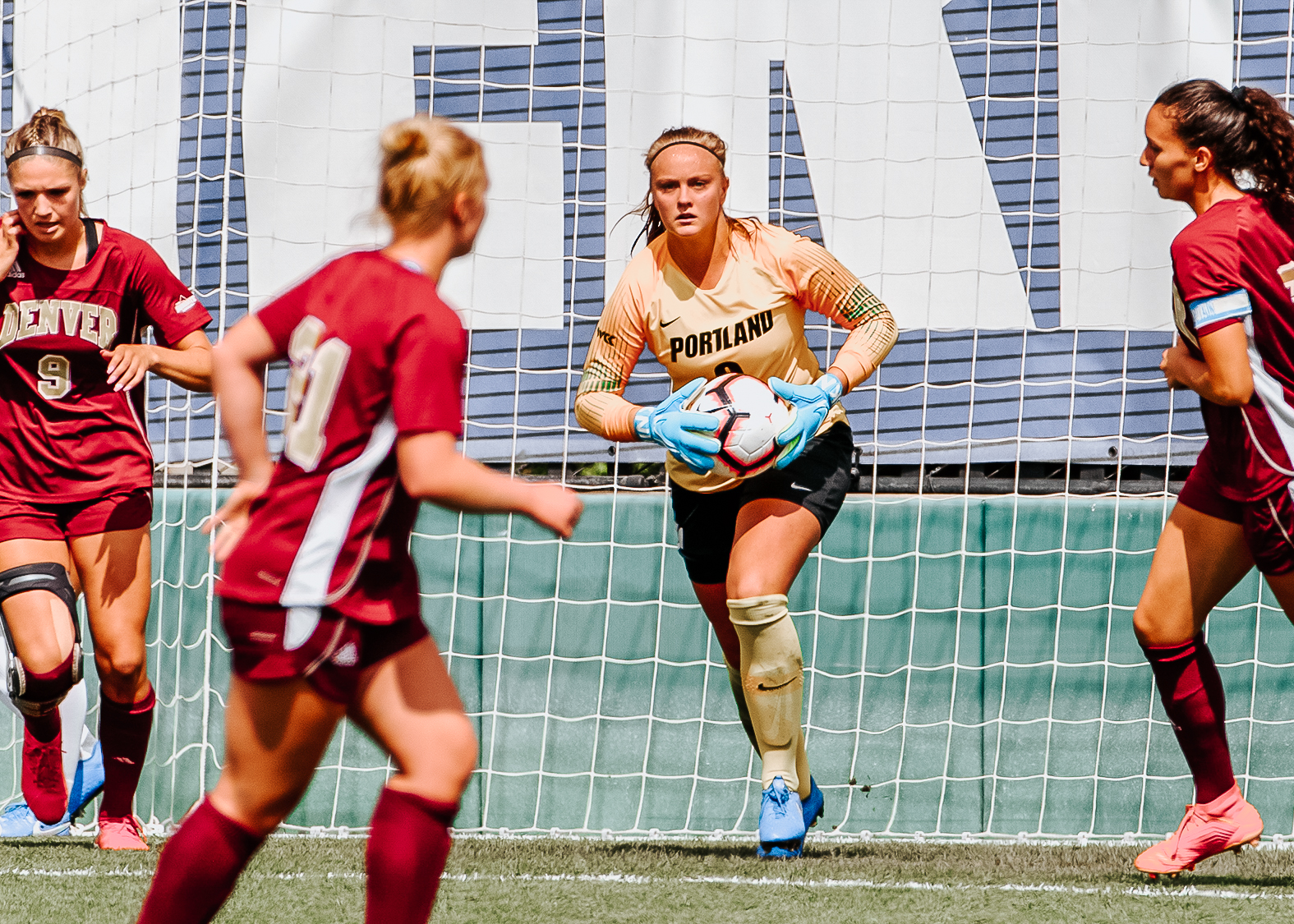Soccer at College
What is the difference between NCAA Division 1, Division 2, Division 3 and NAIA college soccer programs? How do you win the league? The national championship? Below we will examine soccer at college in more detail…

Did you know? There are more than 1,300 college teams in the USA!
HOW DOES THE COMPETITIVE SEASON WORK?
Due to the fact that Americans love playoffs, every season comes to an exciting conclusion with a knockout tournament for teams that progressed from their respective conferences and regional playoffs. Thus, the last team standing will be crowned “National Champions” and each division (D1, D2, D3, NAIA and NJCAA has their own winning team).
Teams are members in one single conference, which usually consists of 8-14 other teams that will mostly be based in the same region. But, when you consider how big the US is, a local derby can still be a 6-hour bus ride, or the team may even need to fly to games! Playing soccer at college will enable you to travel on a regular basis!
The top-ranked teams from conference play will be seeded based on their overall win/loss record throughout the regular season (approximately 18 games). Consequently, these teams will then progress to a more regional and national knockout tournament where you may end up travelling across the country to face teams from anywhere in the US!
Take a look at some previous clips from the national championships and get a feel for soccer at college!

The Soccer stadium on campus at Grand Canyon University holds more than 6,000 spectators!
HOW DOES THE COLLEGE SOCCER CALENDAR LOOK?
May, June & July – Summer break – rest and individual preparation for pre-season.
August – Soccer at college officially begins with Pre-season in early August and regular season matches begin towards the middle/end of the month.
September – Regular season continues. Average of two games per week, training every day.
October – Regular season continues and, towards the end of the month, the Conference Championships begin.
November – Conference Championships conclude and the National Tournament begins.
December – National Tournament concludes in early December.
January – Spring training begins (approx. 5 sessions per week)
February – Spring season begins (5-6 non-competitive matches).
March – Spring season continues.
April – Spring season concludes. End of school year.

Contest between players from the University of Maryland and the University of Virginia
WHAT IF I HAVE PROFESSIONAL ASPIRATIONS?
In the US, college sport is a rite of passage for any budding professional athlete. American stars from the NFL, NBA and MLS will attend college before being picked up by professional teams towards the end of their education. Players such as Alessia Russo, Lucy Bronze, Jack Harrison and Rachel Daly have all been college athletes in the US before turning professional.
While it’s still incredibly tough to make it as a professional in any sport, the college environment provides those with the required talent and determination with a fantastic platform to potentially compete professionally in future.
The draft system in the US is where professional teams in different sports select from the very best college athletes. The players selected will be the most elite, as is the case anywhere else in the world, but they are not restricted to just US players. Many players from around the globe have profited from the US college system and now play as professionals either in the MLS, USL (US second tier) or in other international leagues.

We are with you from day one!

